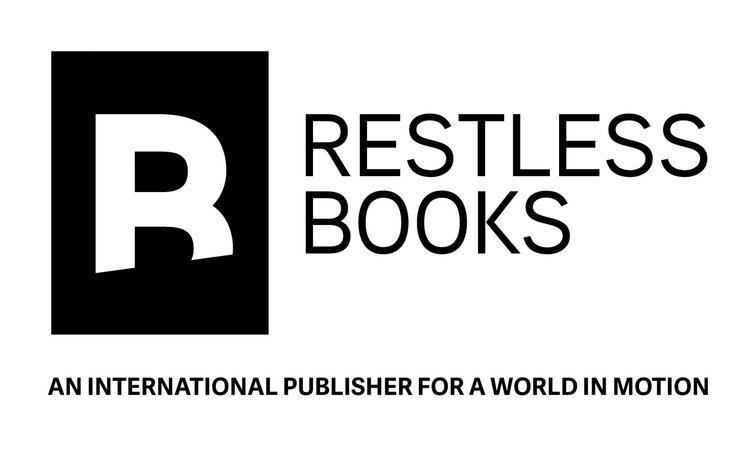What stories does a face tell? In a new series from Restless Books, some of our favorite writers have written a first-person account of that most essential human trait: their own face. The first three books in the series—by Ruth Ozeki, Tash Aw, and Chris Abani—have just been released (more info below), and we're offering a gift of all three books to readers who participate in some "faceography" with us. Here's how it works:
On Twitter, send a tweet with a picture, a short biography of your face, and the hashtag #facebio. Examples:
We'll retweet your mini face biography from the Restless Books twitter account, and we'll pick a handful of the best #facebio tweets whose tweeters will win all three books in the series!
Details and FAQs:
How long does the contest run? We'll start today, Wednesday March 16th, and will announce the winners next Wednesday March 23rd. Send us your #facebio tweets by then!
Do I need a Twitter account? Yes. Sign up here. Be sure to follow Restless Books!
How do I send a tweet with a photo attached? Click the "tweet" button in the top right corner of your Twitter window, which brings up the "compose" window. Hit the camera icon in the lower left and choose a photo of your face. You'll have 107 characters left to write a mini biography of your face, plus the hashtag #facebio. Don't forget the hashtag, or we won't be able to find your tweet!
Do I need to tag @RestlessBooks? Nope, we'll find your tweet with the hashtag.
Do I need to include a URL/website link? No.
How do I get my books if I win? We'll send you a tweet asking for your info, and then we'll mail you the books!



by Ruth Ozeki
The Face Series
“Ruth Ozeki, a Zen Buddhist priest, sets herself the task of staring at her face in a mirror for three full, uninterrupted hours; her ruminations ripple out from personal and familial memories to wise and honest meditations on families and aging, race and the body.”
—Minneapolis Star Tribune
Paperback • ISBN: 9781632060525
Publication date: Mar 1, 2016